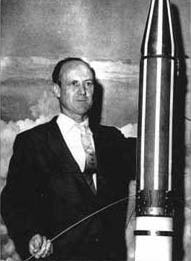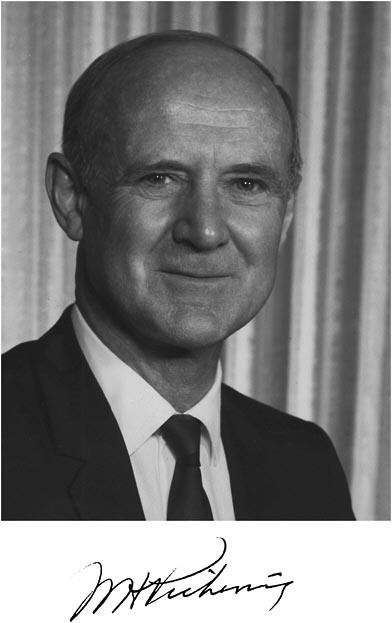Name Bill Pickering Role Engineer | ||
 | ||
Born 24 December 1910Wellington, New Zealand ( 1910-12-24 ) Citizenship United States, New Zealand Nationality United States, New Zealand Known for Space aeronautics pioneering Died March 15, 2004, La Canada Flintridge, California, United States Education University of Canterbury, California Institute of Technology | ||
Academic advisor Robert Andrews Millikan | ||
William Hayward "Bill" Pickering (24 December 1910 – 15 March 2004) was a New Zealand-born rocket scientist who headed Pasadena, California's Jet Propulsion Laboratory (JPL) for 22 years, retiring in 1976. He was a senior NASA luminary and pioneered the exploration of space. Pickering was also a founding member of the United States National Academy of Engineering.
Contents
- Origins and education
- Jet Propulsion Laboratory
- Retirement
- Death
- Gifford Observatory
- Honours
- Honorific eponyms
- References

Origins and education
He was born in Wellington, New Zealand on 24 December 1910. Pickering attended Havelock School, Marlborough, and Wellington College. After spending a year at the Canterbury University College, he moved to the United States (where he subsequently naturalized), to complete a bachelor's degree at the California Institute of Technology ("Caltech"), and later, a PhD in Physics, in 1936. His speciality was in Electrical Engineering, and he majored in what is now commonly known in scientific vernacular as 'telemetry'.
Jet Propulsion Laboratory
William Pickering became involved with JPL in 1944, during the second world war.
As the Director of JPL, from 1954, Pickering was closely involved with management of the Private and Corporal missiles under the aegis of the U.S. Army.
His group launched Explorer I on a Jupiter-C rocket from Cape Canaveral on 31 January 1958 less than four months after the Russians had launched Sputnik (much to the surprise of the Americans).
In 1958 the lab's projects were transferred to the National Aeronautics and Space Administration (NASA) and Pickering's team concentrated on NASA's unmanned space-flight program. JPL, under Pickering's direction flew further Explorer 3 and Pioneer missions as well as the Ranger and Surveyor missions to the moon and the several Mariner flybys of Venus and Mars.
Explorer III discovered the radiation field round the earth that is now known as the Van Allen radiation belt. Explorer 1 orbited for 10 years and was the forerunner of a number of successful JPL earth and deep-space satellites. William Hayward Pickering is not to be confused with William Henry Pickering, an astronomer from an earlier era.
At the time of his retirement as director, in 1976, the Voyager missions were about to launch on tours of the outer planets and Viking 1 was on its way to land on Mars.
Retirement
Bill Pickering, keen to support authentic science in his home country, was Patron of New Zealand's only school-based research group, the Nexus Research Group, from 1999 until his death in 2004. Between 1977 and his death in 2004, Pickering also served as Patron of the New Zealand Spaceflight Association; a non-profit organisation which exists to promote an informed approach to astronautics and related sciences.
Death
He died on 15 March 2004 of pneumonia in La Cañada Flintridge, California.
Gifford Observatory
Dr. Pickering re-opened the Gifford Observatory as the guest of honour, on 25 March 2002. He had been a frequent user of the observatory during his school days in Wellington College.
Honours
Honorific eponyms
In 2009 to mark the International Year of Astronomy, William Hayward Pickering was selected along with cosmologist Beatrice Tinsley to have their names bestowed on peaks in the Kepler Mountains of New Zealand's Fiordland National Park. In December 2010 the New Zealand Geographic Board officially gazetted Mount Pickering as an official New Zealand place name.
Three roads in New Zealand have been named after Pickering, namely: Sir William Pickering Drive in the Canterbury Technology Park in Christchurch; Pickering Crescent in Hamilton; and William Pickering Drive in Auckland.
